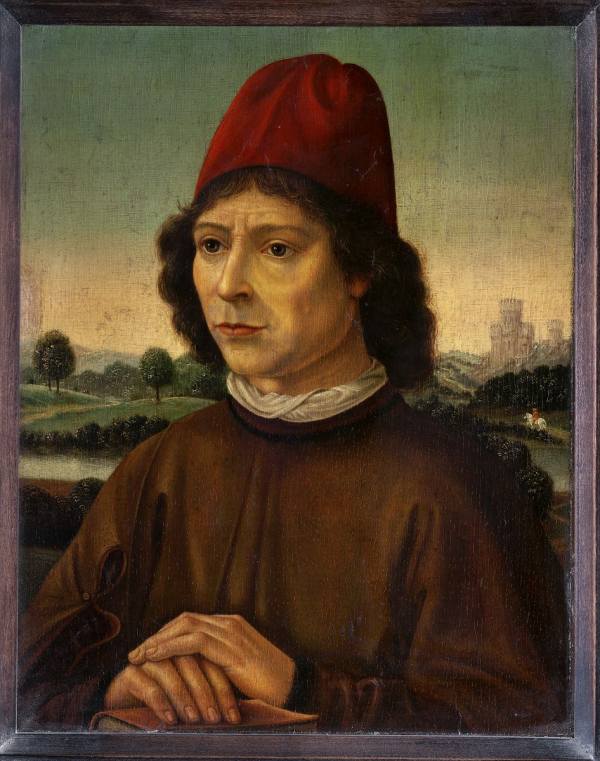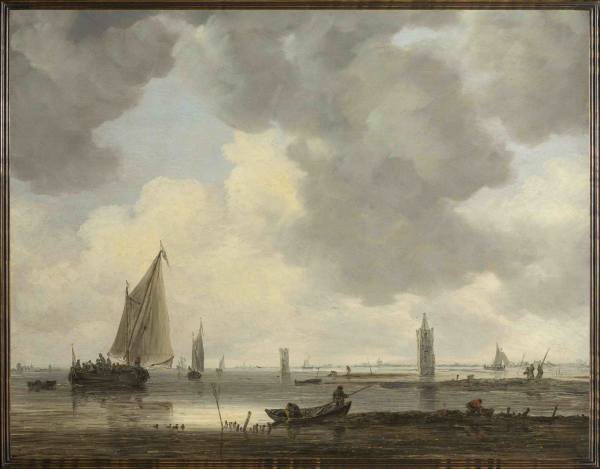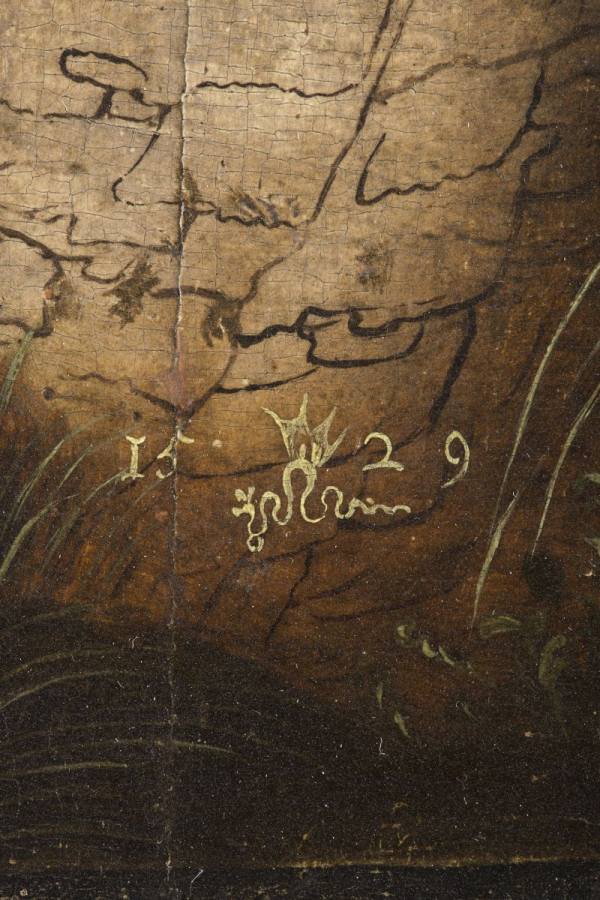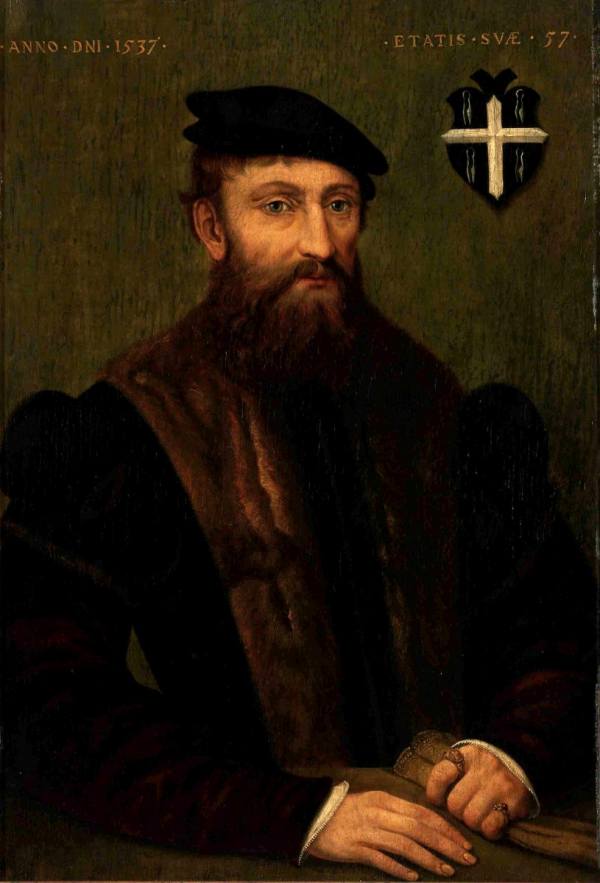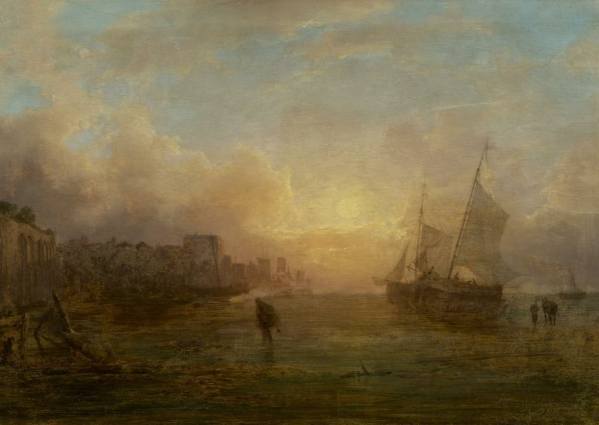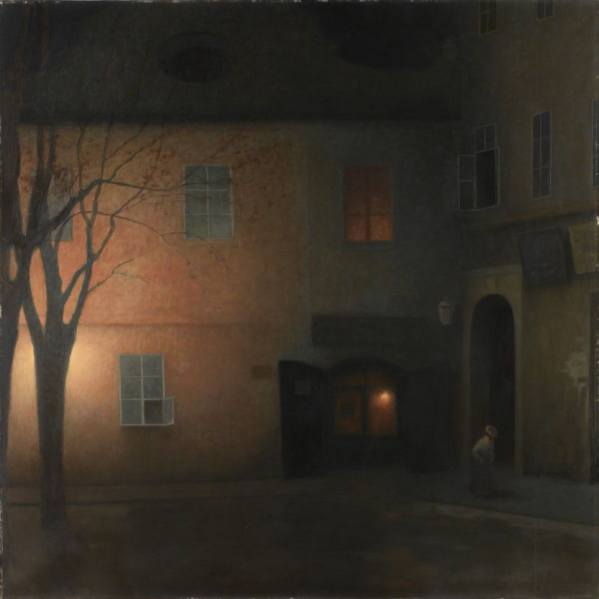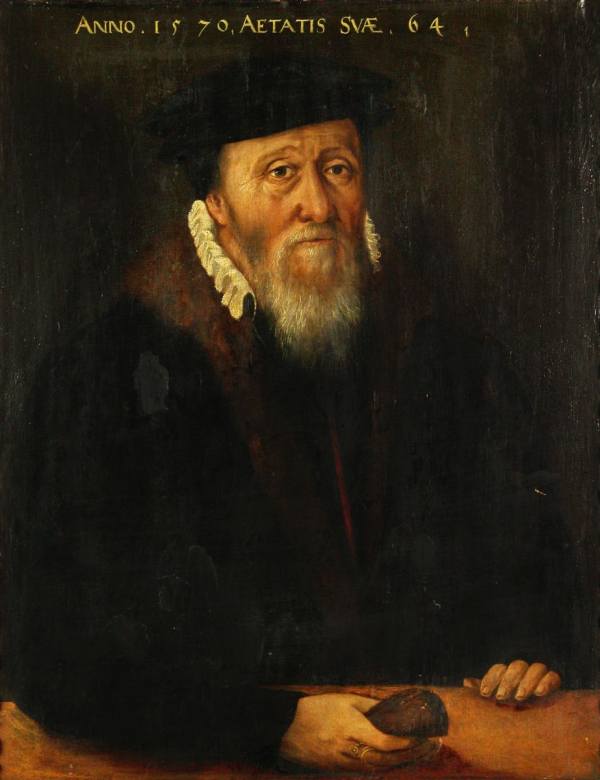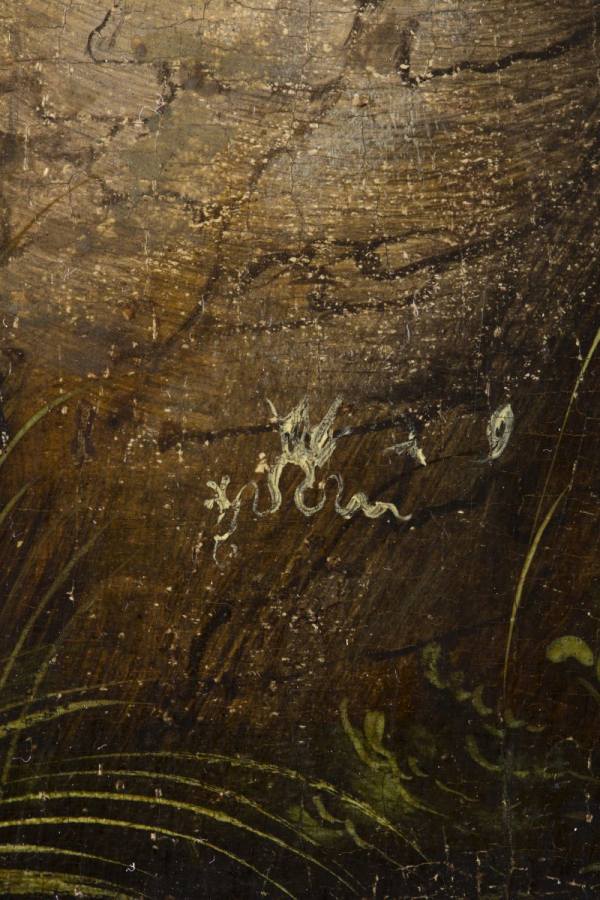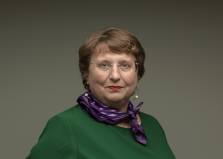How can we tell originals from fakes? Imitations of outstanding works of art are still made today and pose a threat to museums and galleries alike, as they do for private collectors. The exhibition Forgeries? Forgeries! mounted in Sternberg Palace on Hradčanské náměstí square will show imitations of medieval paintings, sculptures and drawings. It will present forgeries executed in the style of the Dutch Old Masters of the 17th century, as well as fake works allegedly by prominent Czech painters of the 19th and early 20th centuries. In addition, there will be objects imitating non-European works of art, such as Oriental carpets and arts-and-crafts objects. Works on paper will also be displayed. The exhibition will include a number of iconic vases from foreign collections that brought worldwide fame to their creators and it will acquaint visitors with forgeries that are in the National Gallery’s holdings. Attention will also be devoted to famous masters’ signatures on paintings, which are no proof whatsoever that the artists had actually painted them.
Visitors to the exhibition will learn in an intriguing way about the methods used to verify the authenticity of works of art. This will give them the opportunity to acquire further knowledge about the “behind-the-scenes” work of the National Gallery’s whole team of specialists – from curators, to conservators-restorers, to chemists in the laboratory. The exhibition will explain to visitors the difference between a replica, copy, imitation and forgery, executed for purposes of financial gain.
It is important to note that some of the works had originally been made with good intentions, as, for instance, a copy that substituted the original in its former place, and it was only with the passage of time that the artefact became a forgery through misunderstanding or a lack of background knowledge. The purpose of the creation of an imitation may not necessarily be easy to discern, and the boundaries between the copy executed with honest intentions and a straightforward forgery are often blurred.
Furthermore, the exhibition will offer visitors a large hands-on space where they can try to detect a fraudulent piece. In workshops, they will be able to learn about certain forgery methods which will be demonstrated by the National Gallery’s art restorers. The theme will also be addressed in detail in lectures given by renowned specialists in multiple fields, including criminal investigators.
A book will be published to accompany the exhibition, which will explore the methods used to imitate works of arts and illustrate forgeries, copies and imitations in comparison with the originals.
Visitors to the exhibition will learn in an intriguing way about the methods used to verify the authenticity of works of art. This will give them the opportunity to acquire further knowledge about the “behind-the-scenes” work of the National Gallery’s whole team of specialists – from curators, to conservators-restorers, to chemists in the laboratory. The exhibition will explain to visitors the difference between a replica, copy, imitation and forgery, executed for purposes of financial gain.
It is important to note that some of the works had originally been made with good intentions, as, for instance, a copy that substituted the original in its former place, and it was only with the passage of time that the artefact became a forgery through misunderstanding or a lack of background knowledge. The purpose of the creation of an imitation may not necessarily be easy to discern, and the boundaries between the copy executed with honest intentions and a straightforward forgery are often blurred.
Furthermore, the exhibition will offer visitors a large hands-on space where they can try to detect a fraudulent piece. In workshops, they will be able to learn about certain forgery methods which will be demonstrated by the National Gallery’s art restorers. The theme will also be addressed in detail in lectures given by renowned specialists in multiple fields, including criminal investigators.
A book will be published to accompany the exhibition, which will explore the methods used to imitate works of arts and illustrate forgeries, copies and imitations in comparison with the originals.
Curator: Olga Kotková
Collaboration: Adam Pokorný, Radka Šefců and NGP curators
Collaboration: Adam Pokorný, Radka Šefců and NGP curators
